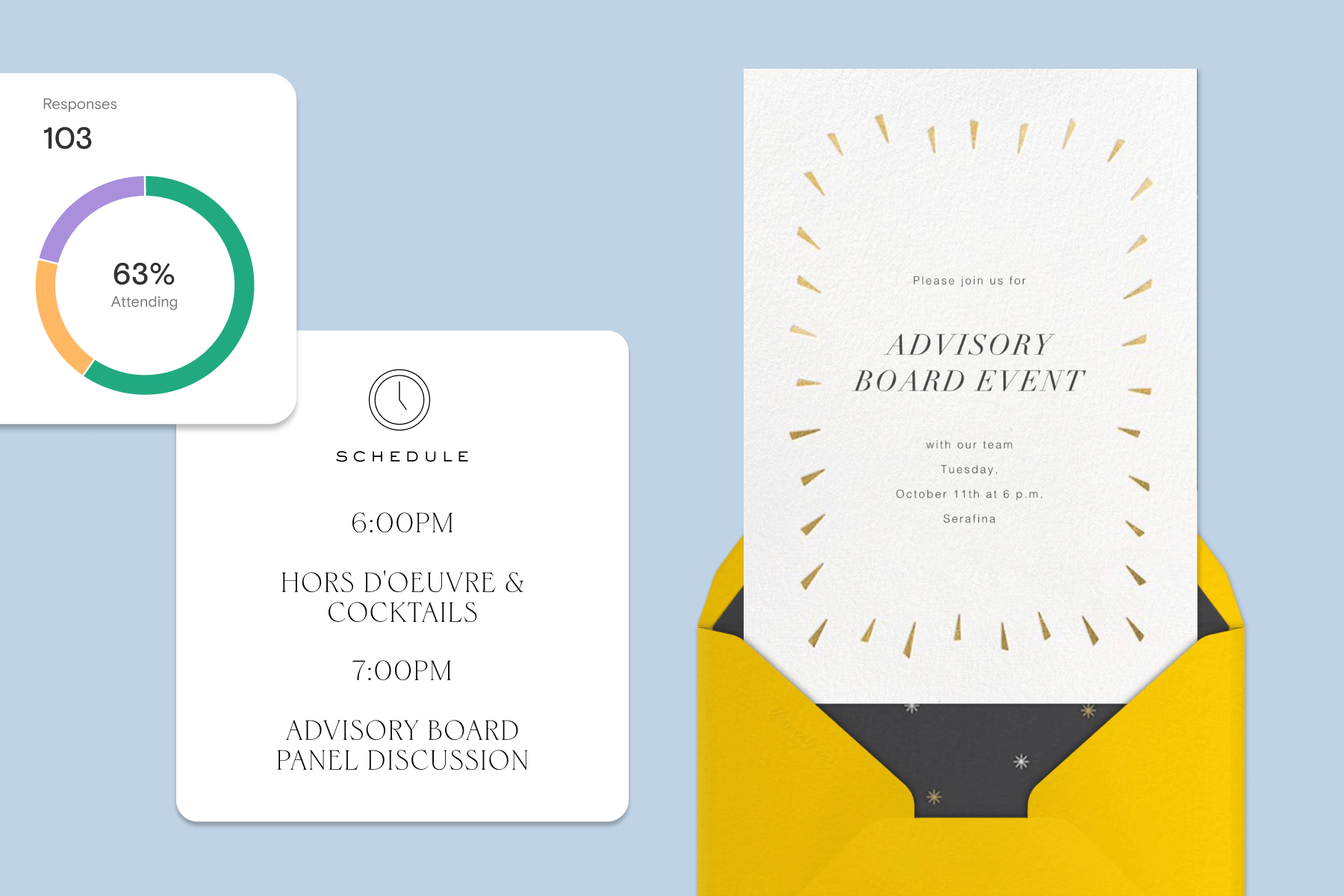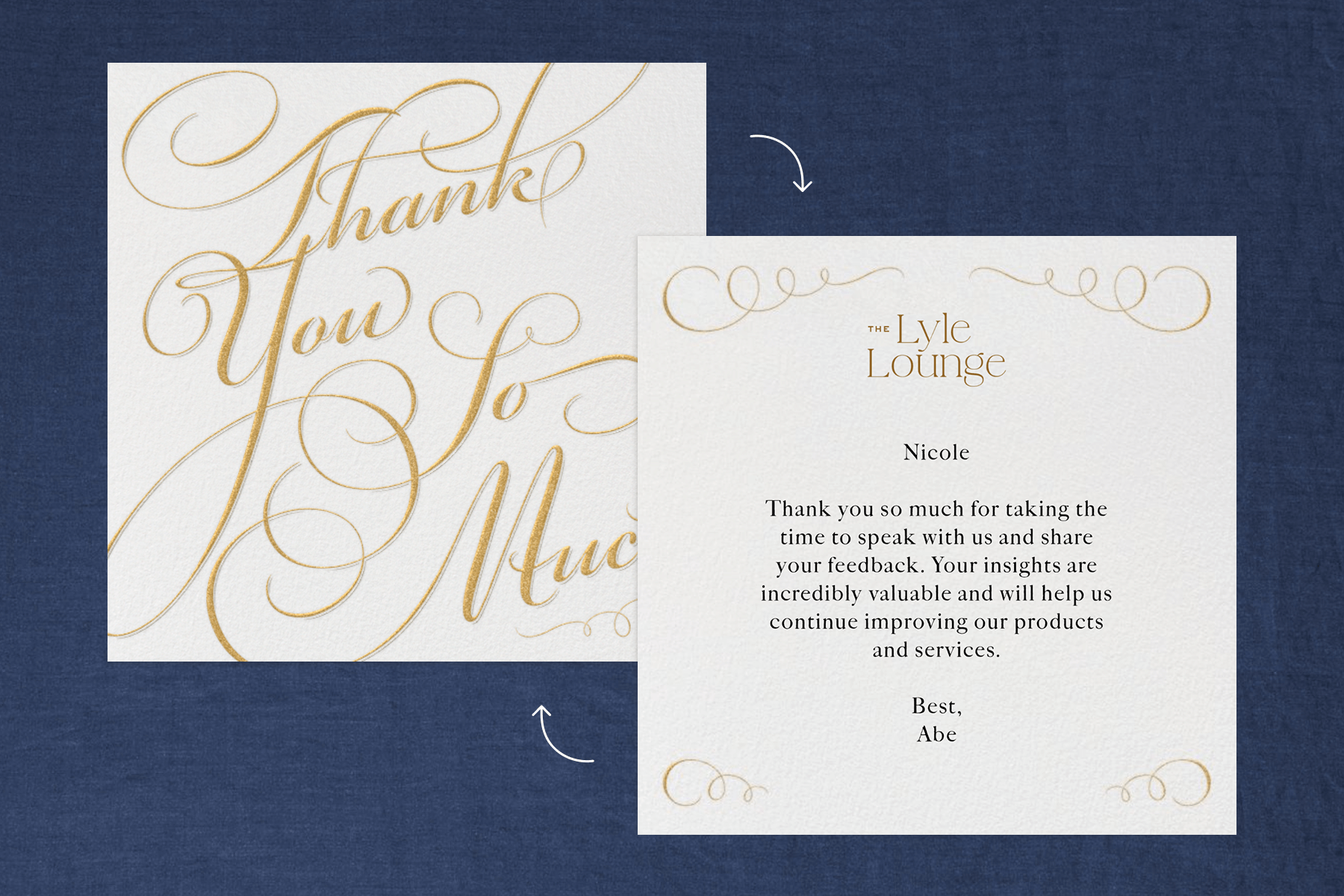How to collect and use customer feedback to grow your business

Customer feedback is one of the most powerful tools for growing a business—but it’s often underutilized. The best businesses don’t just offer great products or services; they listen, adapt, and evolve based on what their customers are saying. Learning how to gather customer feedback effectively can unlock new opportunities, strengthen loyalty, and help you make smarter business decisions.
To understand what it really takes to turn customer feedback into business growth, we spoke with Jon Picoult, founder and principal of Watermark Consulting, a customer experience advisory firm. “Without customer feedback, you’re essentially flying blind. You might think you know what your customers want and how they’re feeling towards your business, but studies have shown that business leaders routinely get it wrong. They tend to possess a much rosier view of how they’re serving their clientele, as compared to the customers themselves,” says Picoult.
In this guide, we’ll break down why customer feedback matters, how to ask for feedback from customers, and practical ways to put that feedback to work so you can continue to grow your business with confidence.
Table of Contents
What is customer feedback?
Customer feedback refers to the opinions, comments, and insights your customers share about their experiences with your business. This can include feedback on your products, services, events, customer support, or overall brand experience. Whether it’s gathered through surveys, online reviews, or casual conversations, this feedback offers invaluable direction for improving and growing your business.
Why is customer feedback important?
“If you want to serve customers with distinction, then you’ve got to know what makes them tick: what are their wants and needs, their annoyances and frustrations, their hopes and aspirations,” Picoult says.
Simply put, businesses thrive when they understand their customers on a deeper level. Tuning in to customer thoughts and feelings allows you to refine your products, adjust services, and create a brand experience that keeps people coming back. When you listen and respond to feedback, you strengthen customer loyalty and set your business up for long-term success.
9 methods to solicit customer feedback
1. Make it easy for customers to provide feedback
One of the best ways to gather customer feedback is by removing any friction in the process. Meet your customers where they are—whether that’s in-store, online, or through email. Picoult recommends using simple tools like an online feedback form on your website or QR codes placed strategically in your physical location. These methods make it quick and convenient for customers to share their opinions. The easier it is for customers to give feedback, the more likely they are to participate.
2. Actively solicit feedback from customers
While some customers will offer feedback spontaneously, most will need a little encouragement. Don’t hesitate to ask for feedback directly. Picoult says there are many great ways to do this, including emailing customers with a survey, either directly after they interact with your business or at another time.
But you can also be more casual about it. “Feedback can be solicited through more informal, conversational means, such as asking a returning customer how a product they purchased on their last visit is working for them,” Picoult says. These natural interactions often lead to valuable insights.
3. Create a customer advisory board

For certain businesses, forming a customer advisory board can be a game-changer. “These are small groups of customers who agree to participate in periodic calls or meetings to share in-depth feedback as well as serve as a sounding board for new ideas the business is considering,” Picoult says.
To show appreciation to participating customers, you might offer exclusive discounts or early access to new products. You can also use Paperless Post’s suite of professional invitations to set up these advisory board meetings—complete with RSVP tracking and a Schedule Block to share your meeting agenda and keep participants informed.
4. Observe customers in action
Sometimes, the most eye-opening feedback comes from what customers don’t say. Watching how customers interact with your product or navigate your store can reveal unexpected pain points or creative uses for your offerings. Observations like these often uncover growth opportunities that traditional feedback tools miss.
“Technically known as ‘ethnographic research,’ this can be a very effective approach for revealing issues and opportunities that customers might not even think to share on a survey or in an informal conversation,” says Picoult.
5. Solicit feedback at every stage in your business cycle
Don’t limit feedback collection to a single touchpoint or timeframe. Asking for feedback at different moments in the customer journey—from first-time inquiries to post-purchase follow-ups—can give you a more comprehensive understanding of your customer experience. “For a healthy, growing business, you have to keep the customer feedback spigot open,” explains Picoult.
6. Look for patterns in feedback
Individual comments are helpful, but recurring themes are where the real gold lies. Focus on identifying consistent feedback trends—whether it’s a product flaw mentioned in multiple reviews or frequent praise for a specific team member. By tracking these patterns, you can prioritize changes that will have the biggest impact on customer satisfaction and business performance.
7. Conduct in-depth customer interviews

For more nuanced insights, consider conducting one-on-one interviews with your customers. These conversations can uncover hidden pain points and desires that surveys may not capture. Ideally, Picoult suggests hiring an impartial third party to conduct the interviews to encourage honesty. Afterwards, thank your interviewees with a personalized thank you card sent via email or text. You can even add your business logo for a professional touch and include a brief message of appreciation.
8. Be cautious about incentivizing feedback
While offering rewards for feedback might seem like a good idea, Picoult says it can backfire. When customers are motivated by prizes or payments, they may rush through surveys or provide skewed answers in anticipation of a reward. For authentic, actionable feedback, it’s best to keep incentives minimal or non-existent. Focus instead on making the feedback process easy and meaningful.
9. Don’t overburden your customers
Asking for feedback shouldn’t feel like a chore. Lengthy or repetitive surveys can frustrate customers and lead to lower response rates. Respect your customers’ time by keeping feedback requests concise and relevant. This thoughtful approach not only improves the quality of feedback you receive but also enhances the overall customer experience.
Build stronger customer connections with Paperless Pro
If you’ve ever wondered why customer feedback matters, the answer is simple: it gives you a clear window into your customers’ needs and experiences, helping you build a stronger, more successful business. With Paperless Pro, it’s easy to create polished, on-brand invitations and thank-you notes—so every customer interaction feels thoughtful, professional, and seamless.
Find sophisticated, business-minded designs that streamline planning and impress guests.



